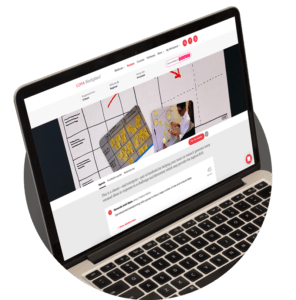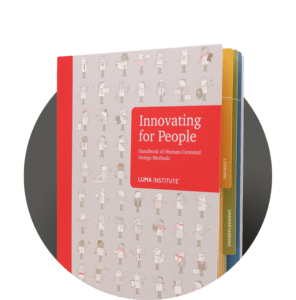Method overview
This style of evaluation doesn’t just ask for a play-by-play, but rather a thought-by-thought account of an experience. People’s articulation of a typically unspoken thought process not only helps the team pinpoint where the success and failure points are in their system, but it also diagnoses the causes. When successful, a Think- Aloud Test reveals important insights and inferences that would otherwise be unknown to a design team.
Effective sessions—those in which comfortable reviewers offer lots of clear information—require the sensitive moderation of a well-prepared testing team. You will come to appreciate the mindset, intentions, and expectations of people, which will in turn help you decipher what specific attributes of your design are causing certain reactions—and how to address them. Fortunately just six to nine of these tests will usually reveal 80% of the issues with a design, so it is a low-investment opportunity to make a significant impact on the efficiency, effectiveness, and satisfaction of a solution.
The benefits of this method
- Reveals what people are thinking.
- Deepens your empathy for others.
- Uncovers opportunities for improvement.
- Lowers development costs through early discovery.

Quick guide
- Identify what you will be testing and a few key tasks.
- Invite 6-9 different people to be the respondents.
- Schedule a testing session with each person.
- Introduce yourself and the purpose. Obtain consent.
- Remind each respondent, “We are NOT testing you.”
- Instruct them to conduct each task one at a time.
- Ask them to think aloud.
- Keep quiet, listen carefully, and take good notes.
- Thank each participant.
Helpful hints
- Defer any direct questions until the end of the test.
- Avoid the temptation to conduct a demonstration.
- Mimic functionality if the design is still in progress.
Combining LUMA methods into design recipes
The methods in the LUMA System are great on their own, but they are really powerful when combined into design recipes. Just like when you combine ingredients to make a tasty meal, you can also combine design methods to address challenges such as improving workplace culture or uncovering customer insights.
An example of a recipe from LUMA Workplace®:


Want to learn more about LUMA methods?


